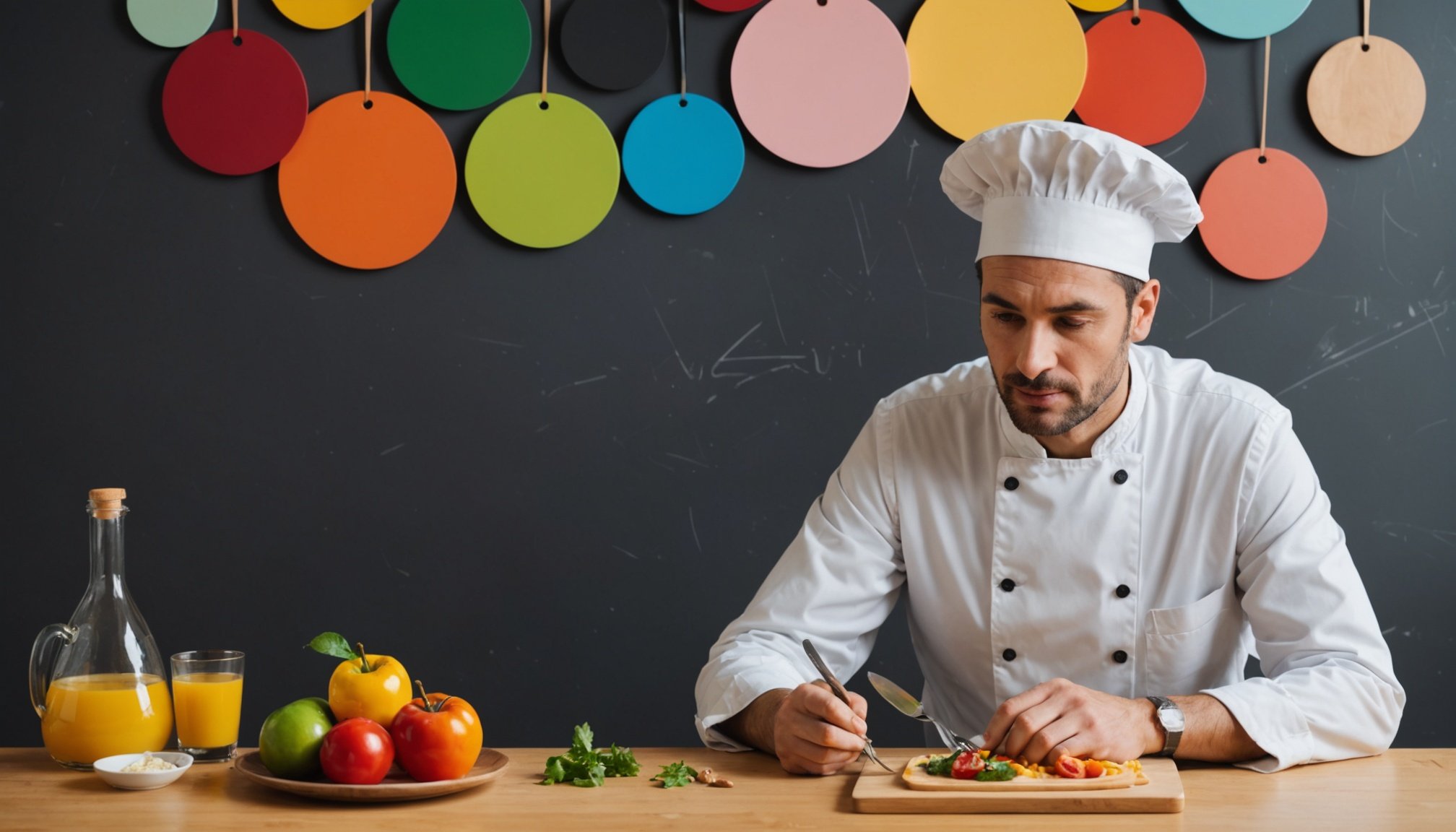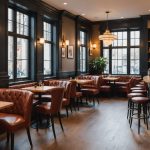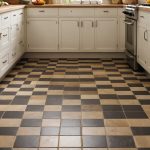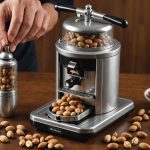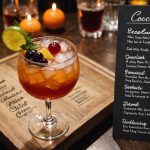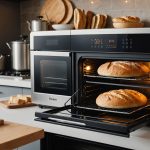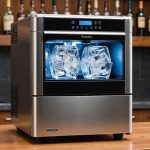Color shapes our experiences in profound ways, particularly in spaces where we share meals. Kitchen wall colors significantly impact our appetite and overall satisfaction. Understanding the psychology behind these hues can enhance not only the aesthetics of our kitchens but also the enjoyment of our culinary experiences. Explore how different colors influence our emotions and appetites, empowering you to make informed choices that enhance your home environment and mealtime pleasure.
The Science of Color Psychology in Kitchen Design
Understanding color psychology is essential for creating a kitchen design that enhances both mood and functionality. This field of study examines how colors impact human emotions and behaviors, which is particularly relevant in spaces like kitchens where we spend a significant amount of time.
Also to discover : Essential Features of a Slimming Microwave for Effortless Healthy Meal Prep
Color psychology suggests that different hues can evoke specific psychological effects. For instance, warm colors such as red and orange are known to stimulate appetite and create a sense of warmth and comfort. This makes them popular choices for kitchen designs aiming to foster a welcoming environment. On the other hand, cool colors like blue and green can promote calmness and relaxation, making them ideal for kitchens intended as serene retreats.
Numerous studies have explored the link between color and emotional responses. Research indicates that exposure to certain colors can trigger physiological reactions, such as changes in heart rate or appetite levels. For example, a study found that red can increase heart rate, which may lead to increased energy levels and appetite.
Also read : Top Anti-Slip Kitchen Floor Tiles for Safety and Easy Maintenance: Create a Healthy Cooking Oasis
Incorporating these insights into kitchen design can lead to spaces that not only look appealing but also support the desired emotional and physiological responses of the inhabitants. By carefully selecting colors, homeowners can tailor their kitchen environments to align with their personal preferences and lifestyle needs.
Impact of Warm Colors on Appetite
Warm colors, such as red, orange, and yellow, are often associated with warmth and energy. These hues are known for their potential to stimulate appetite and encourage social interaction, making them a popular choice in kitchen aesthetics. The psychological effects of warm colors can be attributed to their ability to evoke feelings of comfort and coziness, which can enhance the dining experience.
How Warm Colors Stimulate Appetite
The presence of warm colors in a kitchen can lead to increased appetite and a more inviting atmosphere. This is because these colors are believed to trigger physiological responses, such as heightened senses and increased energy levels, which can make food appear more appealing. For instance, the color red is often used in restaurants to encourage patrons to eat more and enjoy their meals.
Real-Life Applications
Incorporating warm colors into kitchen design can be achieved through various elements, such as wall paint, cabinetry, or decorative accents. A kitchen with orange walls, for example, can create a lively and engaging space, while red accents can add a touch of vibrancy. Yellow can be used to brighten the room, making it feel more spacious and welcoming. These examples illustrate how warm color palettes can transform a kitchen into a hub of activity and enjoyment.
The Role of Cool Colors in Kitchen Satisfaction
Cool colors such as blue, green, and purple offer a unique opportunity to transform kitchen spaces into havens of tranquility. These hues are renowned for their calming effects, which can significantly enhance kitchen satisfaction. By reducing stress levels, cool colors create an environment conducive to relaxation and peaceful dining experiences.
Calming Effects of Cool Colors
The presence of cool colors in the kitchen can evoke a sense of serenity. Blue, for instance, is often associated with calmness and is believed to lower blood pressure and heart rate, promoting a peaceful atmosphere. Green, reminiscent of nature, is known for its soothing qualities, making it ideal for creating a refreshing and rejuvenating space. Purple, though less common, can add a touch of elegance and tranquility.
Enhancing Dining Experiences
Incorporating cool colors into kitchen design can enhance dining experiences by fostering a relaxed and inviting atmosphere. This can be particularly beneficial for individuals seeking to unwind after a long day. Kitchens featuring blue or green accents may encourage mindful eating, allowing individuals to savour their meals and enjoy the company of others.
Case Studies in Cool Color Design
Case studies reveal that kitchens designed with cool color themes often report higher levels of satisfaction. Homeowners frequently express appreciation for the calming ambiance these colors provide, highlighting their effectiveness in creating a stress-free environment.
Practical Tips for Selecting Kitchen Wall Colors
Choosing the right color selection for your kitchen walls can significantly impact the overall atmosphere and functionality. Here are some practical tips to guide you in making the best design choices for your kitchen decor.
When selecting colors, consider the mood you wish to create. For a lively and energetic space, opt for warm colors like red or orange. If a calm and serene environment is your goal, cool colors such as blue or green are ideal. Balancing these hues can offer a versatile atmosphere. For instance, combining a warm color like yellow with a cool shade of blue can stimulate appetite while maintaining a relaxing ambiance.
Lighting plays a crucial role in how colors appear in your kitchen. Natural light can enhance the vibrancy of colors, while artificial lighting may alter their perception. It's essential to test how different lighting conditions affect your chosen colors before making a final decision.
Consider the overall style and existing elements of your kitchen decor. Harmonizing wall colors with cabinetry, countertops, and flooring creates a cohesive look. By following these guidelines, you can achieve a kitchen design that not only meets your aesthetic preferences but also supports the desired emotional and functional outcomes.
Visual Examples and Color Combinations
Exploring visual inspiration can be a powerful tool in crafting a kitchen design that resonates with personal style while adhering to the principles of color psychology. Visual examples showcase how different color combinations can be effectively used to transform kitchen spaces.
Popular Color Combinations
- Warm and Cool Mix: Combining warm colors like orange with cool hues such as blue can create a balanced atmosphere. This mix stimulates appetite while maintaining a calm environment.
- Monochromatic Schemes: Using varying shades of a single color, like green, can offer a cohesive and soothing aesthetic. This approach is perfect for those seeking simplicity and tranquility.
- Contrasting Colors: Pairing bold colors like red with neutral tones such as grey can add vibrancy and sophistication, appealing to those who enjoy dynamic spaces.
Incorporating Personal Style
While these examples provide a foundation, incorporating personal style is key. Consider:
- Accent Walls: Introduce a favorite color as an accent wall to personalize the space without overwhelming it.
- Decorative Elements: Use accessories like curtains or dinnerware in preferred colors to subtly influence the kitchen's mood.
By analyzing popular color combinations and integrating personal preferences, homeowners can create visually appealing and emotionally supportive kitchen environments.

